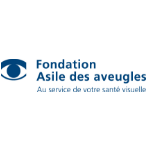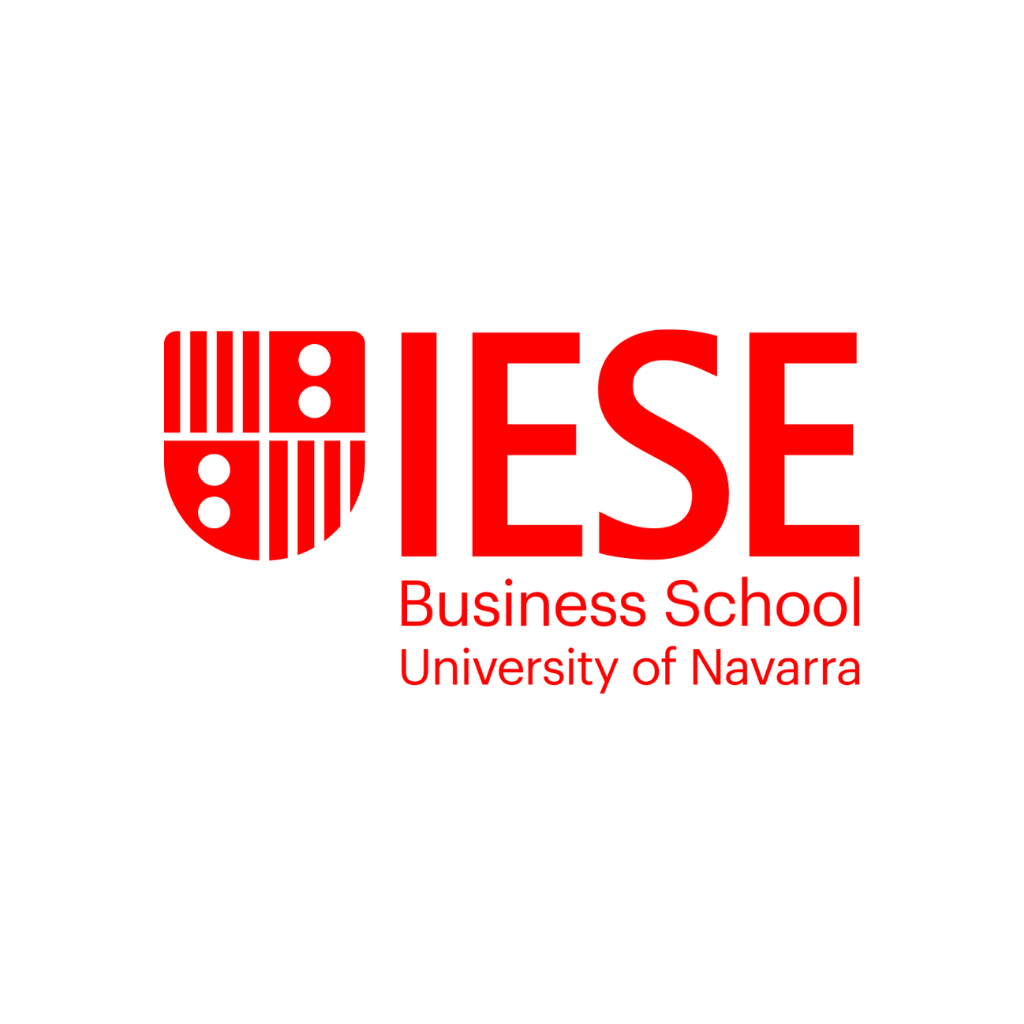Augmented reality brings a new dimension to rehabilitation therapy
Meet MARNIE, a rehabilitation therapy that uses gaming technology to improve hand-eye coordination therapy for visually-impaired stroke patients.
Every year one million people in the EU experience a stroke. In the aftermath, many lose full control of their visuomotor pathways (or hand-eye coordination) and almost a third suffer a loss in their field of vision – a condition known as homonymous hemianopia (HH).
HH is caused by trauma to the visual cortex, the part of the brain that processes information we see. The effect is that people can see only out of one side of each eye.
There is no treatment for HH at present. Patients must learn to navigate their environment through their now-limited vision, which makes rehabilitation vital to their independence.
Experts forecast that the occurrence of strokes will soar 34 per cent by 2035 [1], putting significant pressure on healthcare services and pushing costs way above the current €45 billion estimate.
[1] The Burden of Stroke in Europe report. 2017
Injecting innovation into rehabilitation with MARNIE
MARNIE stands for Merging Augmented Reality and Neurostimulation to Improve Enacting. It is a dynamic rehabilitation therapy that combines gaming technology and neurostimulation. It works by exploiting the brain’s ability to form new neural connections (or neuroplasticity) to stimulate the visuomotor pathways. It uses the visual power of an augmented reality headset in combination with direct current stimulation delivered to the patient’s brain through electrodes placed on their head.
This innovative pairing helps prepare the brain to be better able to perform visuomotor rehabilitation programmes and sets the patient on a pathway to recovery.
Sparking a revolution in rehabilitation therapy
MARNIE’s unique therapy helps post-stroke patients improve more quickly and independently. This in turn eases pressures on medical health professionals in support roles and can contribute to reducing the social costs of supporting people with visuomotor deficiencies.
MARNIE is just the beginning of a new dimension in rehabilitation therapy. This cost-effective technology has the potential to transform rehabilitation across many other conditions. Meanwhile, the project provides a frame of reference for future research in visuomotor coordination, providing a new perspective on this overlooked condition.
Combining expertise from leading research centres
This Innovation project to advance visuomotor therapy in people with HH was led by Switzerland’s Fondation Asile des Aveugles – an EIT Health partner and leading research and innovation centre in visual rehabilitation.
Members

CLC/InnoStars: Germany
Partner classification: Hospital / University Hospital
Partner type: Associate Partner
Founded in 1843 in Lausanne (Switzerland), the Fondation Asile des aveugles manages an Eye Hospital, 2 care homes, 1 School for visual impaired children and a research center (basic research, Clinical trial Unit, living lab / rehabilitation)
Fondation Asile des aveugles
Fondation Asile des aveugles, 1000 Lausanne, Switzerland
Key Activities in Research and Developement
Biomedical engineering, Clinical research
Key Activities in Social Innovation
Healthcare provision
Key Activities in Business Creation
Testing & Validation
Key Activities in Education
Medical faculties, Healthcare professional education/training


CLC/InnoStars: Spain
Partner classification: Business, Education
IESE Business School is dedicated to training professional managers, with international educational programmes, including those with a particular focus on innovation management in the Health sector. IESE Centre for Research in Healthcare Innovation Management (CRHIM), created in 2012, builds on over 30 years of expertise in the sector. It enables public and private R&I projects to become a reference centre for health innovation management. Specialist areas include: Health management, health economics, business development, executive education, capacity-building activities.
IESE Business School (CHRIM)
IESE Business School (CHRIM), Av. de Pearson, 21, 08034 Barcelona, Spain
Key Activities in Business Creation
Finance & Investment, Business coaching
Key Activities in Education
Business Schools, Entrepreneurship training, Technical faculties, Healthcare professional education/training

CLC/InnoStars: Germany
Partner classification: Education, Research, Tech Transfer, Clusters, Other NGOs, Hospital / University Hospital
RWTH Aachen University and its hospital (focus on patient-oriented medicine & nursing care) provide leading research, innovation and education within the core themes of EIT Health. Our industry-need-driven competence centres foster entrepreneurship
RWTH Aachen University
RWTH Aachen University, Templergraben 55, 52062 Aachen, Germany
Key Activities in Research and Developement
Biomedical engineering, Life Sciences, Social sciences / health economics, Clinical research
Key Activities in Business Creation
Incubation, Technology Transfer, Testing & Validation
Key Activities in Education
Entrepreneurship training, Technical faculties, Medical faculties, Healthcare professional education/training
ADVANCE
Advancing and evaluating a breakthrough Diagnostic interVention for Acute uriNary traCt infEction.
AGILIS
Restoration of hand Functions in Tetraplegia through Selective Neural Electrical Stimulation.
Digital Health Validator
The Digital Health Validator empowers Digital Health entrepreneurs to validate the technology and market potential of their early stage business.